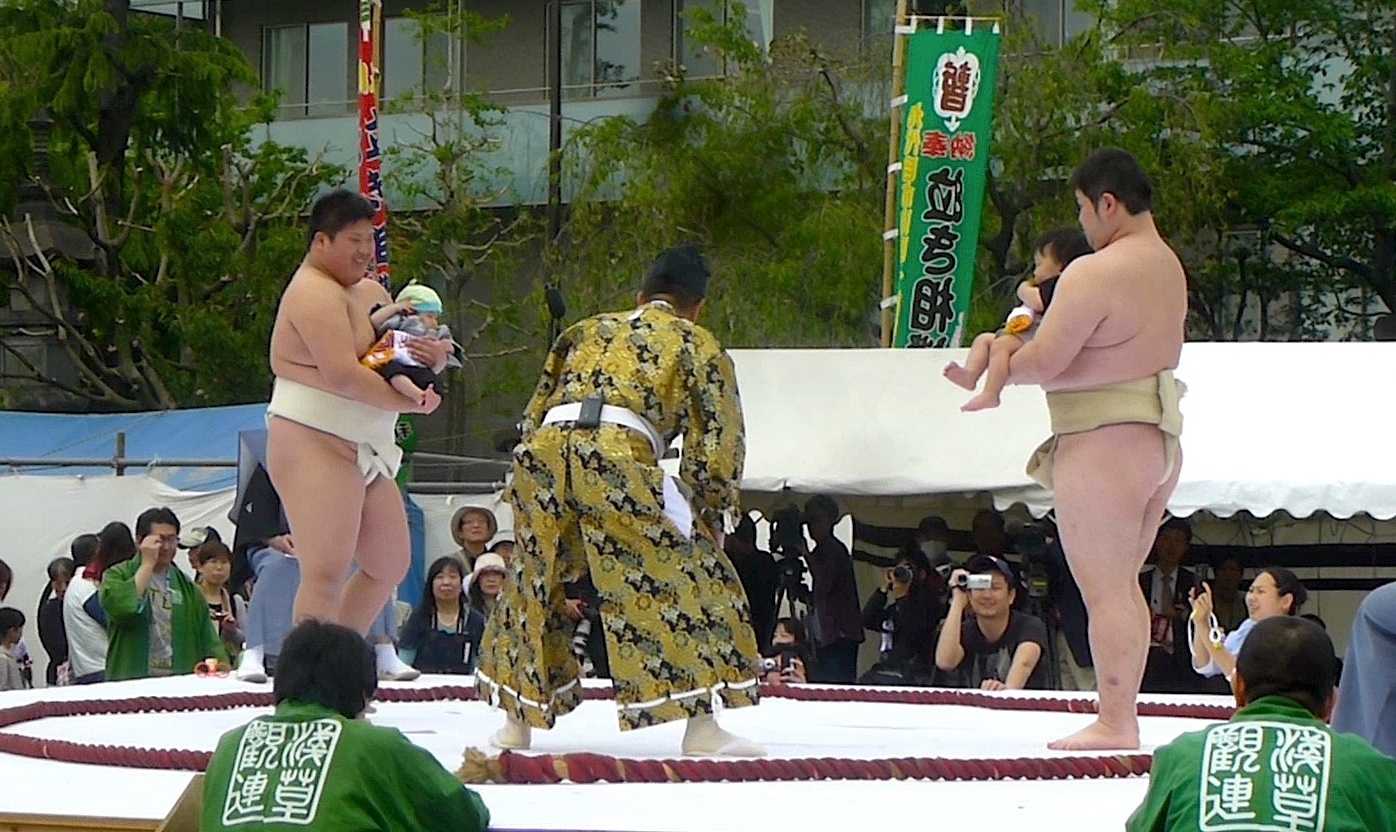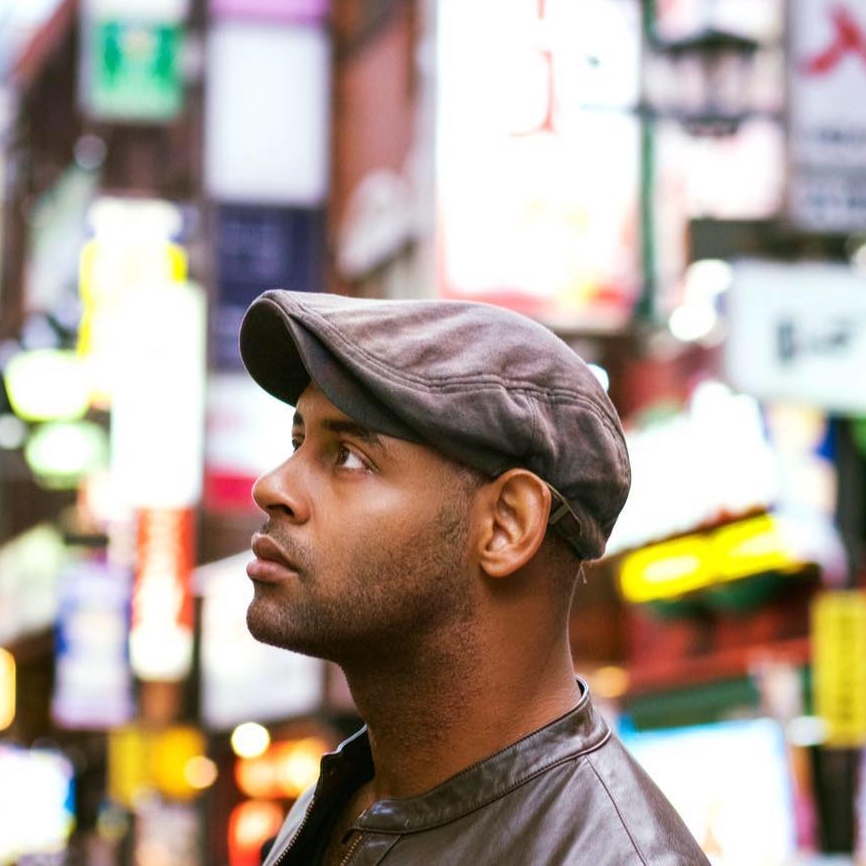Top 7 Weirdest Festivals Across Japan
Japan is home to some majestic festivals that truly bring the people together. The Snow Festival in Hokkaido, the Gion Matsuri in Kyoto, the Naked Festival in... wait, what? Yes, there's a Naked Festival. Here we bring to you the seven weirdest Japanese festivals—and we'll even throw in a map so you can to head out there and see them for yourself!
By Wendell T. Harrison7. Hitorizumo (Solo Sumo) Festival
https://www.youtube.com/watch?v=a6F3es1XYS8
In Ehime Prefecture, a grand battle for the fate of the year's rice crop takes place each May 5, or Children's Day. This fight, held at Oyamazumi Shrine on the island of Omishima, is between a sumo wrestler and, well, a god! Although the deity is unseen, the sumo wrestler does his best to triumph over the rice spirit. If the spirit wins, the legend states there will be a good harvest that year. And every year, without fail, the deity is the victor.
6. Hadaka (Naked) Festival
https://www.youtube.com/watch?v=TTNY300fv6E
One thing many people coming to Japan might need to brace for is public nudity. Onsen (hot springs) and sento (public baths) are places where modesty is checked at the door. So it's no surprise that there are festivals that celebrate this openness. These festivals, featuring men wearing nothing but a fundoshi loincloth, are scattered throughout the nation. But the most famous of the lot is held at Saidaiji Temple in Okayama Prefecture. Here, roughly 9,000 nearly-naked male participants compete for a pair of lucky wooden charms, called shingi.
As the festival is held on the third Saturday in February each year, it's absolutely freezing out there. However, once you get past all the cold weather—and take a dip in some cold water!—you'll have a truly unique bonding experience with thousands of new friends. And if you're brave enough, you can try to grab one of the lucky sticks, but it can be a somewhat violent affair with all the testosterone in the air. Those shingi are highly prized, and if you manage to get one, be prepared for grabbers. But at least the body heat of your fellow naked nakama will help you get through the event without hypothermia.
5. Kanamara Matsuri
https://www.youtube.com/watch?v=5HMwASzcdIU
The Kanamara Matsuri is a very popular festival in Japan, and one of the best-known Japanese festivals internationally. Kanamara means steel phallus, and the name is pretty literal. Held annually on the first Sunday in April, Shinto priests carry around a portable shine called a mikoshi with a metal penis atop a boat-shaped frame. The shrine that the festival originates from was popularly attended by workers in the sex industry to pray for good health and warding off diseases. But in modern times, many people gather to take pictures of the metallic member and buy phallic souvenirs like lollipops, chocolate-covered bananas and other goods.
4. Nakizumo (Crying Sumo) Festival
https://www.youtube.com/watch?v=UCeQ9waF6GE
Nakizumo is a festival that's claimed to bring good health to babies—but in order to do that, the infants must cry. At Sensoji Temple in Tokyo, as many as 60 pairs of young ones are carried into a sumo ring, or dohyo, by sumo wrestlers who gently shake them, with the first baby to cry declared the winner—the louder the better! A referee is on-hand to yell "Nake, nake!" ("Cry, cry!"), and if the babies are unflappable, volunteers with creepy masks come in to speed things up. Nakizumo competitions occur in various parts of Japan, and depending on the region, sometimes the baby who cries first is the loser! The concept of the ritual goes back some 400 years, though the Sensoji event was only initiated in 1991.
3. Pantu
https://www.youtube.com/watch?v=eq00BNPAFWI
There are actually two versions of this festival, both practiced on Okinawa Prefecture's Miyako Island. Both involve Pantu (or Paantu), supernatural beings somewhere between gods and demons, who wander around town with a procession of priestesses to ward off evil spirits. The festivals are believed to be related to similar events in Indonesia and Micronesia.
The festival in the Hirara Shimajiri area is called Pantu Punaha, and is the last of three festivals held at different times throughout the year collectively called Pantu Satupunaha. It features three mask-wearing, mud-covered Pantu who shamble through the streets splashing mud on people and newly constructed buildings to banish evil spirits. While the event occurs in September according to the lunar calendar, publicity has been kept to a minimum since tourists began lodging complaints about being soiled by indiscriminately grabby Pantu, and the date is only announced shortly in advance.
What makes this festival even more fascinating is that the mud-coated Pantu are meant to frighten children. Akin to the Western idea of the boogeyman, the Pantu take a "scared straight" approach to keeping the children of the region on the pure path.
The version of the festival in the Ueno Nobaru area is also called Satiparai, and occurs on the Day of the Ox in December, again based on the lunar calendar. In this case, no adult men are involved, but rather one young boy is chosen to be the year's special Pantu, while the women of the procession play on drums and conch shells.
2. Hokkai Heso (Belly Button) Matsuri
https://www.youtube.com/watch?v=rpZopnttDmk
Furano is a city right in the center of Hokkaido, and it's only appropriate that the most popular festival there is the Heso (belly button) Festival. Participants paint faces on their stomachs and wear special costumes that look like kimono-clad bodies. They then dance to compete for prizes—though perhaps the real winners are the onlookers! This is a hilarious and fun romp for all, with around 5,000 participants baring their bellies over July 28 and 29 each year.
And if you haven't had enough, you can also check out the Shibukawa Heso Matsuri in Gunma Prefecture, which claims to be the belly button of all of Japan. Inspired by Furano's festival, it's held on the fourth Saturday in July.
1. Namahage Festival
https://www.youtube.com/watch?v=nTCoMzTYC2Y
Topping our list of strange festivals is another one that sets out to scare children, the Oga Namahage Festival. A Namahage is a hideous demon wearing a large mask that visits homes with children in Oga City, Akita Prefecture, while brandishing a wooden knife and pail. On New Year's Eve, the Namahage go around dancing and shouting for lazy or disobedient children. Parents invite them into their homes, offering mochi (glutinous rice cakes) and sake in return for the promise of good health and good crops in the New Year. But these demons make sure to scare a little obedience into the kids before they move on to the next spot!
The video above shows the entire process, from the purification of the Namahage to the kadofumi (the thunderous stamping of the ground that's the signature Namahage action), culminating in the pants-wetting of the village children and even more sake for the demons.
Another big event for Namahage is the Sedo Festival on the second Friday to Sunday of February at Shinzan Shrine in Oga City.




